Helicopters are known for their unique capabilities: hovering, vertical take-off and landing, and maneuvering in tight spaces. This versatility might lead you to believe they’re also incredibly fast. However, when it comes to speed, helicopters generally lag behind their fixed-wing counterparts. So, How Fast Does A Helicopter Travel on average?
Typically, a helicopter’s cruising speed is less than 160 knots (184 mph), while a fixed-wing aircraft can reach speeds up to 450 knots (517 mph). While no helicopter can traverse continents at supersonic speeds like some airplanes, let’s explore the factors that influence how fast helicopters can actually fly.
Popular Helicopters and Their Maximum Speeds
Most common helicopters don’t exceed 150 knots (172 mph), with a firm ceiling around 175 knots (201 mph). Here’s a list showcasing the maximum speeds of several popular helicopter models:
- Robinson R22: 102 knots (117 MPH)
- Robinson R44: 130 knots (149 MPH)
- Bell 206: 120 knots (138 MPH)
- Airbus Eurocopter EC120: 150 knots (173 MPH)
- Airbus H175 / Eurocopter EC175: 170 knots (196 MPH)
- AgustaWestland AW109 Power: 168 knots (193 MPH)
- AgustaWestland AW139: 167 knots (192 MPH)
- Ka-62: 160 knots (184 MPH)
- Sikorsky H92: 165 knots (190 MPH)
- AgustaWestland AW189: 169 knots (194 MPH)
- Airbus H155 / Eurocopter EC155: 175 knots (201 MPH)
- Airbus H225 / Eurocopter EC225: 175 knots (201 MPH)
While these are the norms, some exceptional helicopters can reach significantly higher speeds. Let’s examine some of the fastest helicopters ever created.
Important Note: Speed details can vary slightly depending on the source, so pinpointing the definitive “fastest helicopter” can be challenging.
The World’s Fastest Helicopters
1. Westland Lynx
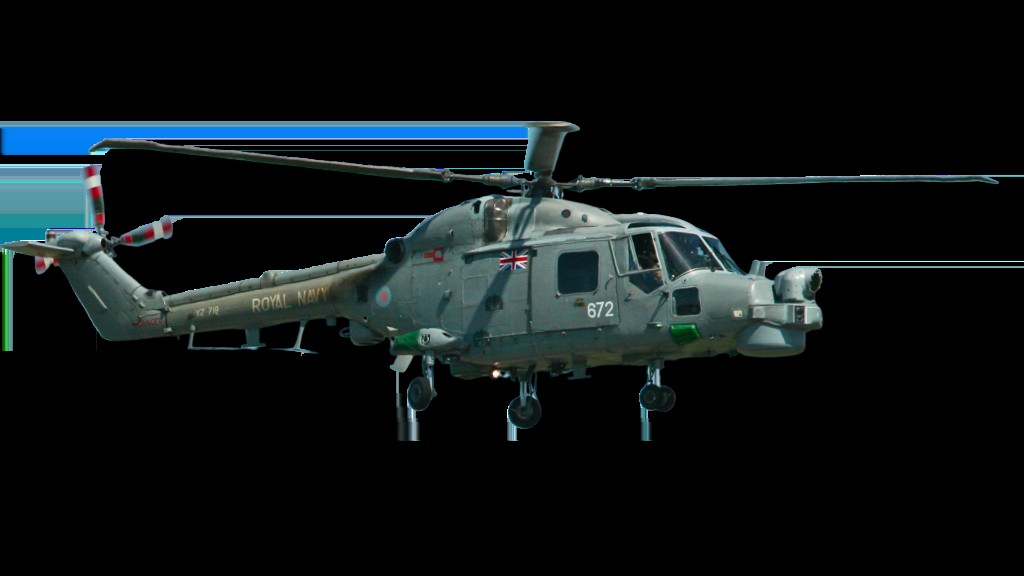 Westland Lynx helicopter in flight
Westland Lynx helicopter in flight
The Westland Lynx once reigned supreme as the world’s fastest rotary-wing aircraft. In 1986, a military variant achieved a rotary speed record of 217 knots (250 mph). Although this record has since been surpassed, the Lynx remains a remarkable feat of engineering.
2. Eurocopter X3
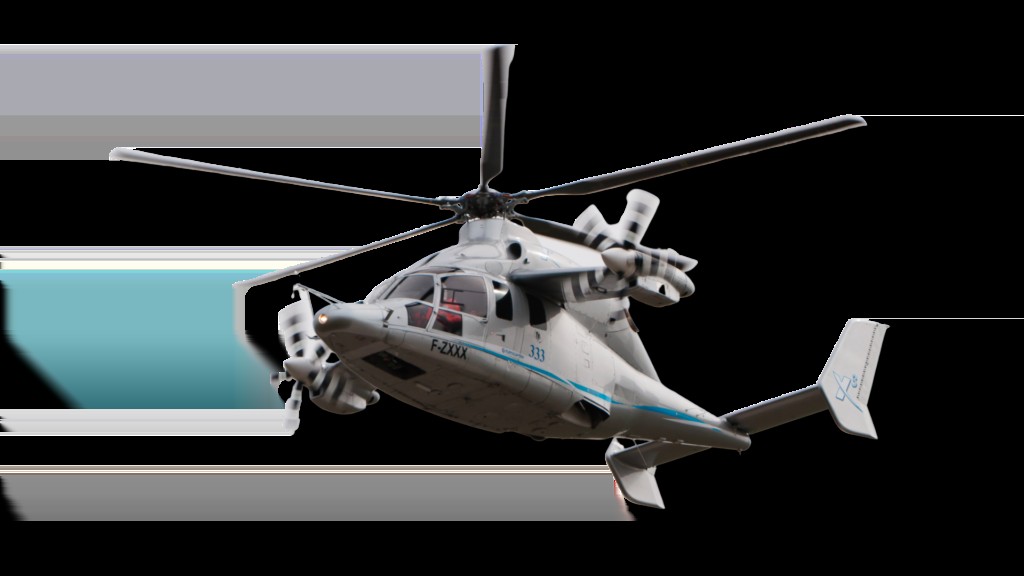 Eurocopter X3 high-speed helicopter
Eurocopter X3 high-speed helicopter
The Eurocopter X3 pushes the boundaries of helicopter speed, reaching 255 knots (293 mph). However, it’s technically a gyrodyne, a hybrid aircraft that blends helicopter and airplane characteristics. Its rotors function partially as propellers, positioned horizontally rather than vertically.
3. Sikorsky X2
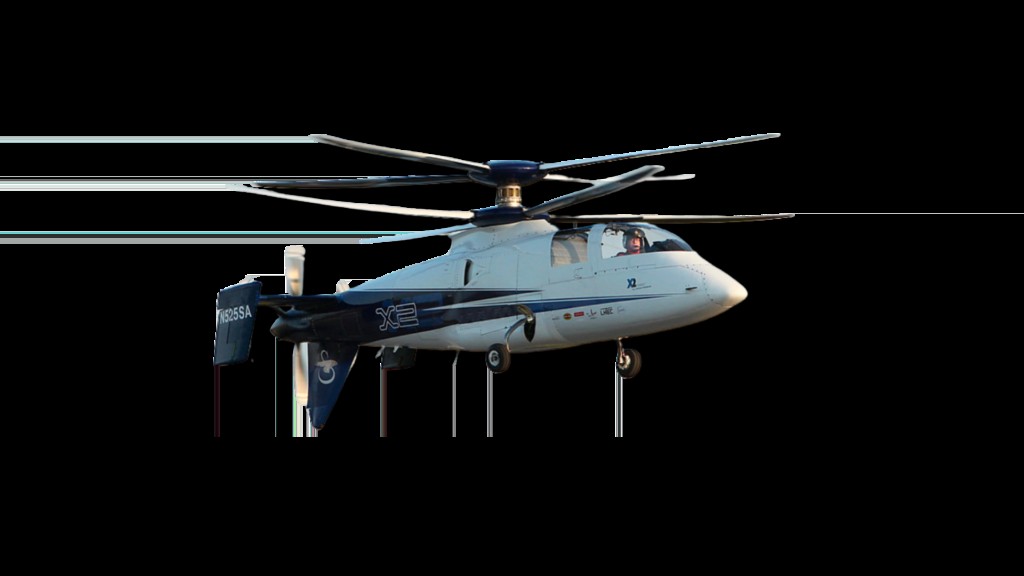 Sikorsky X2 experimental helicopter
Sikorsky X2 experimental helicopter
The Sikorsky X2 reached speeds of approximately 250 knots (288 mph) in 2010. Like the Eurocopter X3, the X2 incorporates a propeller alongside traditional rotors, significantly boosting its speed.
4. Bell/Boeing V-22 Osprey
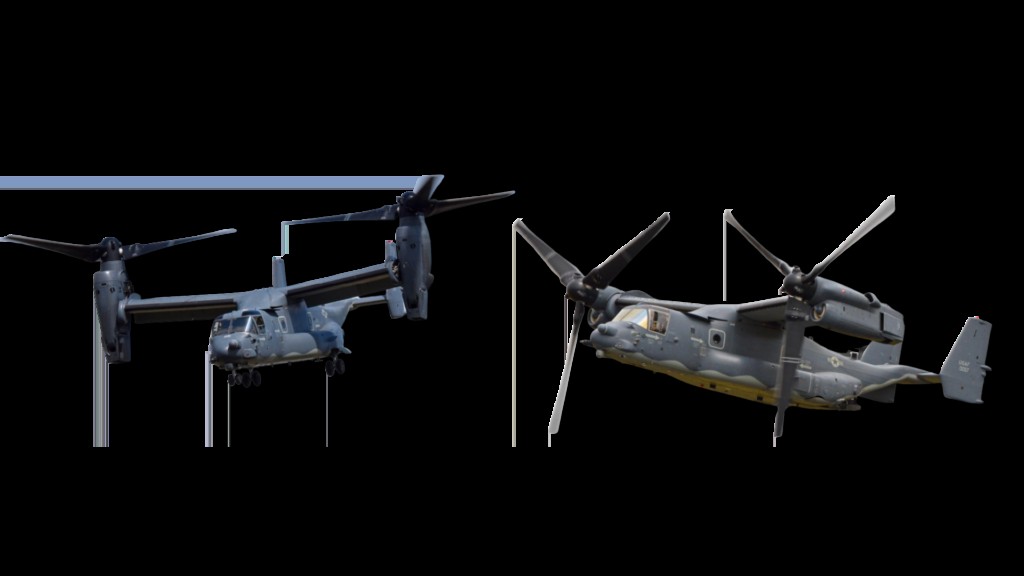 Bell-Boeing V-22 Osprey in flight
Bell-Boeing V-22 Osprey in flight
The Bell/Boeing V-22 Osprey sparks debate, with some considering it the world’s fastest helicopter, while others argue against its classification as a pure helicopter.
This aircraft employs tilt-rotors to transition between helicopter and fixed-wing modes. In helicopter mode, the Osprey has reached a maximum speed of about 275 knots (316 mph), making it exceptionally fast. It is primarily used by the U.S. Military.
New helicopter designs are constantly emerging, so the answer to “How fast do helicopters fly?” is continuously evolving. These high-speed helicopters often integrate propellers with traditional rotors, a key factor in their performance. Conventional helicopters face inherent speed limitations. But why?
Helicopter aerodynamics differ from fixed-wing aircraft. Lift generation occurs in a unique way that’s effective only up to a certain speed. To understand this further, let’s explore the basic principles of helicopter flight.
How Do Helicopters Fly?
The ability of helicopters to fly seems mysterious to some, especially given the absence of fixed wings. Helicopters are intricate machines with numerous moving parts that don’t immediately appear aerodynamic.
However, the core principle is similar to fixed-wing aircraft: airflow over a wing generates lift. In helicopters, the rotor blades act as wings, and rotation creates the necessary airflow. As the blades spin, lift is produced, enabling the helicopter to ascend.
Forward movement introduces a complication. The advancing blade (moving into the airflow) experiences faster airflow than the retreating blade (moving away from the airflow). This creates unequal lift, potentially causing the helicopter to roll and crash.
Early helicopters faced this issue. The solution came from the autogyro, invented by Juan de la Cierva in the 1920s. Allowing the blades to flap up and down during rotation equalized lift across the blades. This “flapping to equality” technique became integral to helicopter design.
However, flapping to equality has its limits, especially at high speeds.
Why Helicopters Cannot Fly Fast
The Phenomenon Of Flapback
As explained, helicopters use blade flapping to equalize lift during flight. A side effect of this is “flapback.” When the pilot uses the cyclic (joystick) to move forward and increase speed, the rotor disc (the imaginary disc created by the spinning rotor blades) tilts forward but then flaps back. The pilot must continuously push the cyclic further forward to maintain acceleration.
Flapback occurs throughout the helicopter’s speed range, creating the sensation of constant deceleration. Eventually, the cyclic reaches its forward limit, restricting further acceleration. This is one factor limiting helicopter speed. However, other factors often come into play before the cyclic reaches its maximum.
Airflow Reversal
As a helicopter gains speed, the difference in relative speed between the advancing and retreating blades increases significantly.
Consider this: If a helicopter moves forward at 20 knots and the blades rotate at X knots, the advancing blade moves at X + 20 knots, and the retreating blade moves at X – 20 knots. The airspeed difference is 40 knots. However, at 100 knots, this difference jumps to 200 knots!
Eventually, the root of the retreating blade, the slowest part, reaches zero airspeed because the helicopter is moving forward faster than that section is rotating. This area then produces no lift.
Initially, this “airflow reversal” affects only a small portion of the blade. But as the helicopter accelerates, it expands across a larger area. The rotor system compensates by forcing the outer part of the retreating blade to work harder, increasing its angle of attack through more flapping.
This compensation mechanism is not very efficient. Tests have shown that at maximum forward speed, reverse flow can affect up to 40% of the retreating blade.
This process has a limit. Eventually, the retreating blade stalls, leading to a dangerous phenomenon called Retreating Blade Stall.
Retreating Blade Stall
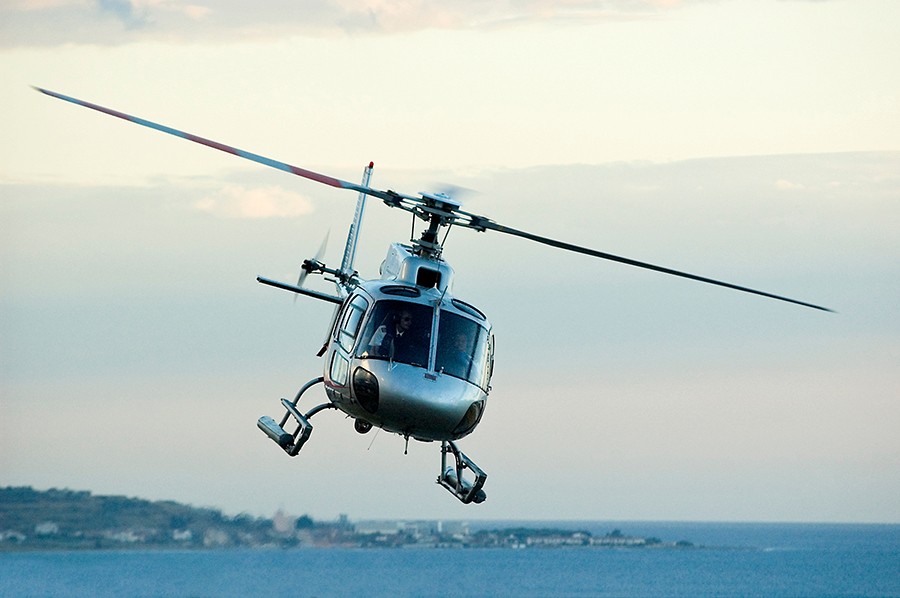 Retreating Blade Stall illustration
Retreating Blade Stall illustration
Like any airfoil, a helicopter blade stalls if the angle of attack exceeds a critical point. This is known as a retreating blade stall.
Retreating blade stall starts at the blade tip, the area with the highest angle of attack, and spreads inward. The affected portion of the blade ceases to produce lift, causing the helicopter to pitch its nose up and roll to one side.
Fortunately, retreating blade stall exhibits warning signs before a full stall occurs, such as vibration and rotor roughness. Pilots who recognize these symptoms can lower the collective to decrease blade pitch angles and potentially recover. Applying aft cyclic can also help slow the helicopter down once the collective has been lowered.
Retreating blade stall is rare and typically occurs during aggressive maneuvers, sudden control movements, or turbulence, rather than during normal high-speed flight. However, awareness of its symptoms and corrective actions is crucial for helicopter pilots.
Air Compressibility
Air compressibility is another factor limiting high-speed helicopter flight. As airspeeds approach the speed of sound, the nature of airflow changes, requiring consideration of compressibility effects.
While the helicopter itself may not approach the speed of sound, its rotor blades can. The advancing blade tip’s speed is the sum of the helicopter’s forward airspeed and the blade’s rotational speed.
In forward flight at 150 knots, the advancing blade tip of a typical turbine helicopter reaches speeds close to the speed of sound at sea level (approximately 340 meters per second).
This makes compressibility a significant factor, increasing power requirements, potentially generating shock waves, and causing increased vibration and noise. This, in turn, limits the helicopter’s speed.
Conclusion
While helicopter flight principles can be complex, the core limitation on helicopter speed stems from the behavior of the retreating and advancing rotor blades. At higher airspeeds, the retreating blade struggles to maintain lift, while the advancing blade approaches the speed of sound. This inherent design constraint restricts the speed of conventional helicopters.
Therefore, truly “superfast” helicopters often incorporate features of fixed-wing aircraft, such as propellers, as seen in the Eurocopter X3, the Sikorsky X2, and the V-22 Osprey.
When it comes to conventional helicopters, it’s unlikely that they will ever rival the speed of high-speed fixed-wing aircraft. Helicopters excel in versatility and maneuverability, offering unique capabilities beyond sheer speed. So, while helicopters may not be for “speed freaks,” their remarkable abilities make them invaluable in countless applications.
